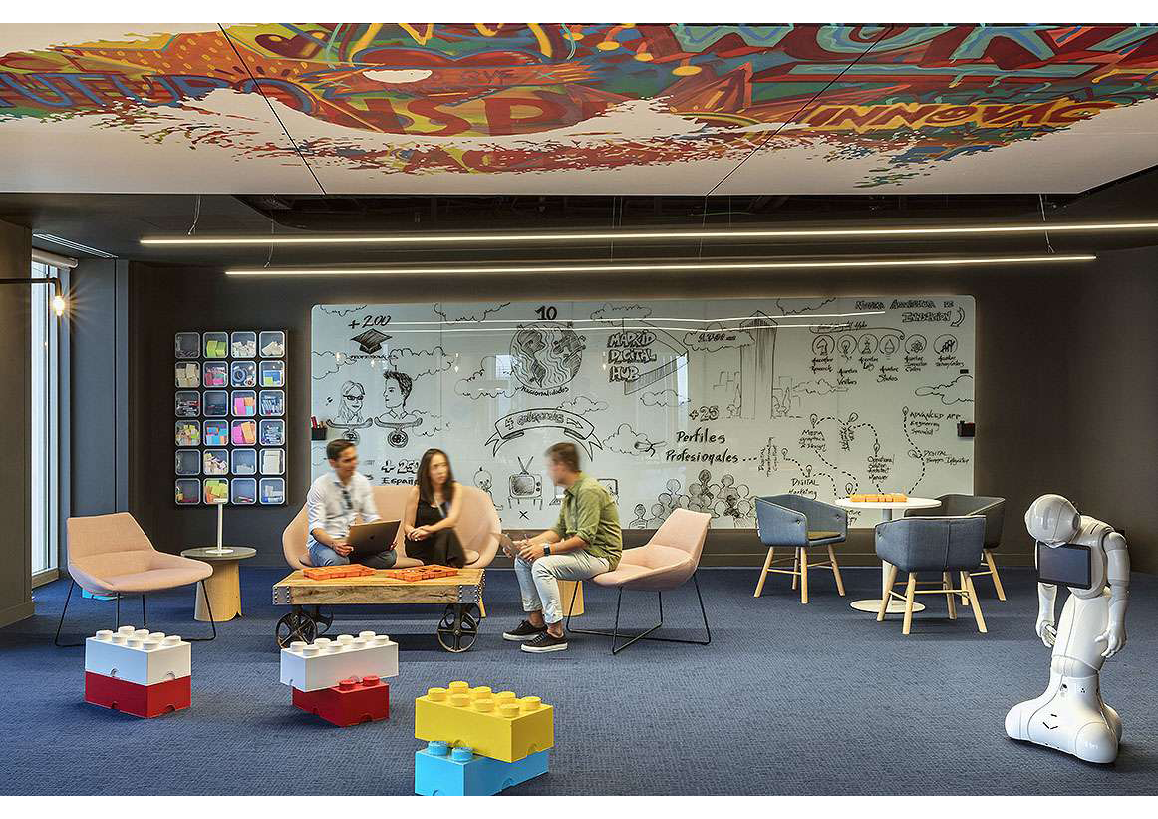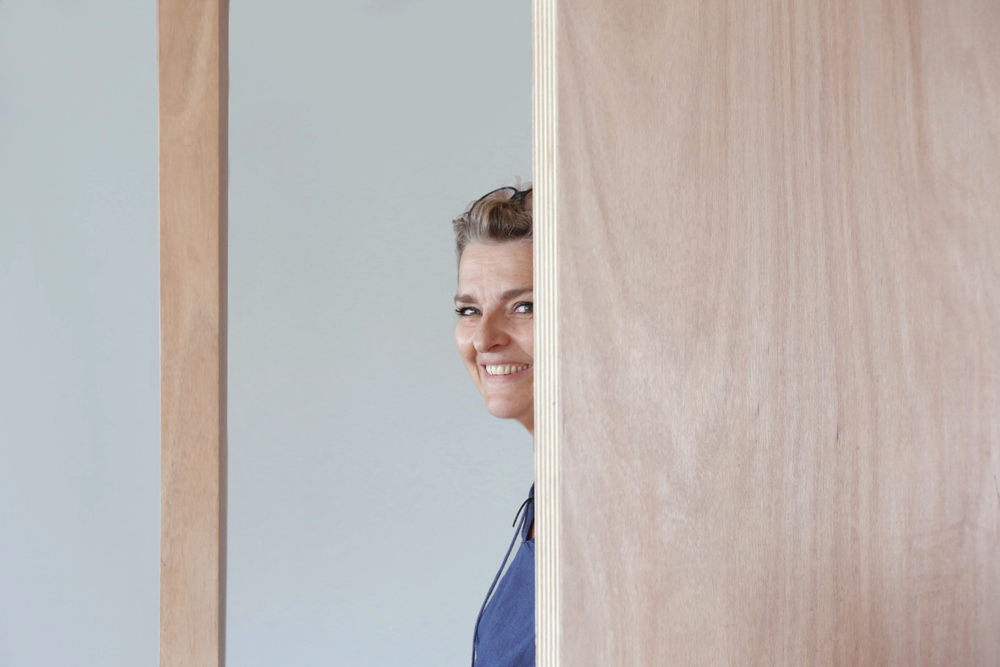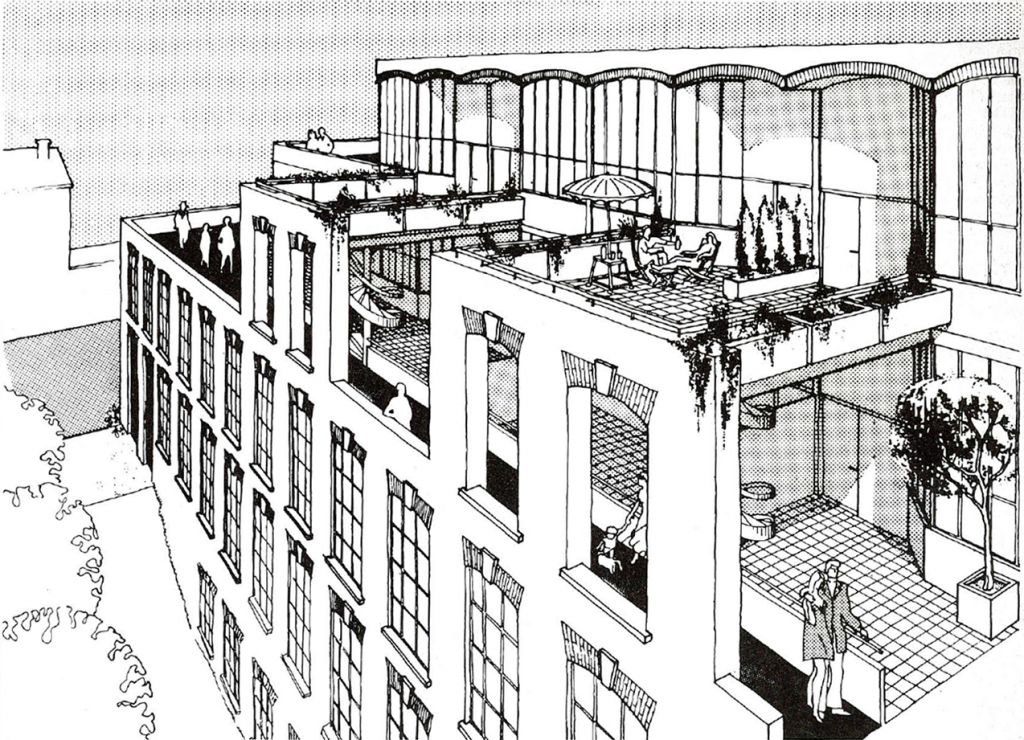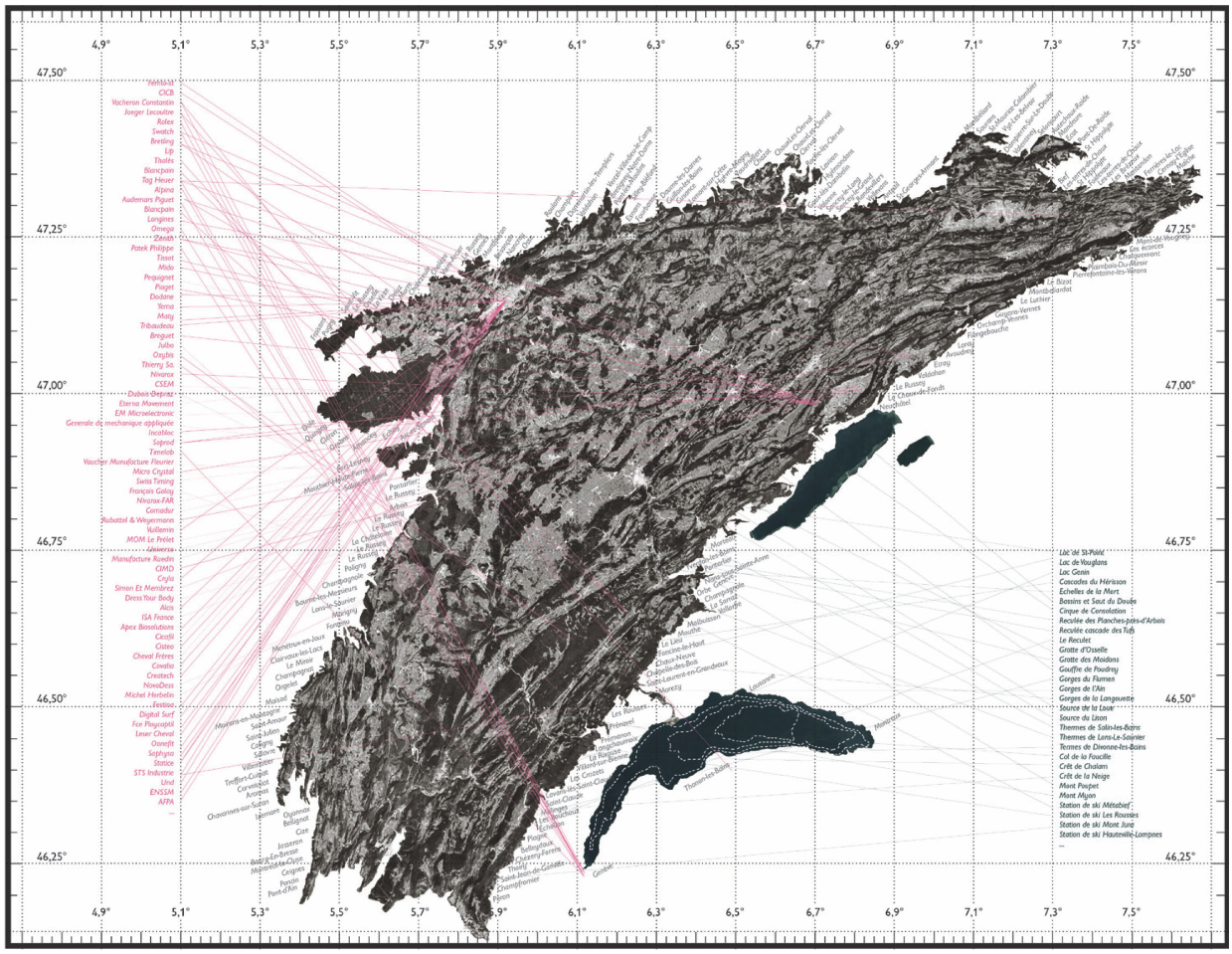Tribune: Getting renovation right
The changes of lifestyle because of the recent health crisis have reawakened architects’ concerns about the adaptability of our houses. “Do we know how to renovate ?”, Olivier Calvarese, associate architect at the Agence Nicolas Michelin & Associés (ANMA), asks.
____
When we re-think cities starting from the scale of the domestic, or look at ways of inhabiting space from an urban perspective, we are confronted with a simple truth: housing is the raw material cities are made of. Now, the pandemic has rekindled debates about the role, the qualities, and the lack of housing in our “post-Corona” villages, towns and cities.
In 2019, there were 35 million housing units in France, of which 55% were single-family dwellings. However, although new housing accounts for 70% of the square metres built annually, it accounts for only 1% of the total housing stock; of this total stock, only 0.05% is architect-built new housing. This suggests that the improved adaptation to client demand, environmental performance, and resilience of new architect-designed housing are viewed as trade-offs against immediate financial logic. Considering the energy or functional renovations required for 30 year-old housing, these issues are all the more relevant for the 25 million homes that will need require renovation in future.
This state of affairs raises doubts about our ability to renovate. Almost none of France’s housing stock complies with thermal regulations, while 40% of households are considering renovation. It is therefore urgent to raise awareness, conduct training, and promote both fixing thermal leaks and the repurposing of vacant buildings (such as service-sector, industrial and heritage sites) into housing.
We need to think about new insulation solutions to improve residents’ daily lives. By combining winter and summer spaces, we can expand the housing envelope, increase its flexibility, and improve its environmental performance. The creation of outdoor, all-weather or shared spaces is a first step in responding to changing lifestyles and supporting an energy transition within housing.
Architects cannot make up for a lack of local job opportunities, nor is it within their power to (single-handedly) solve the intersecting problems of land pressure, land clean-up costs, and flat incomes. But architects can collectively push for renovation, repurposing, and flexibility in building use. They can bring together stakeholders concerned with transforming our built heritage into housing, reinventing public spaces, and finding balance in our cities.
The awareness created by this pandemic is an opportunity for the architecture profession, the property industry, and society as a whole to reconsider the balance of power between construction, renovation and transformation. We dare not waste it.
photos : Extension Groupe Scolaire Saint-Isidore, Alpes-Maritimes, 2017 / Îlot mixte Gare de Vallée, Somme 2019 / Bibliothèque Nationale Universitaire, Strasbourg, 2014 © Vincent Fillon
-- Olivier Calvarese, October 2020 The website of L'Architecture d'Aujourd'hui is ready to publish the statements of everyone who wants to express himself/herself about the architectural news. Tribunes represent only the opinion of their authors.







